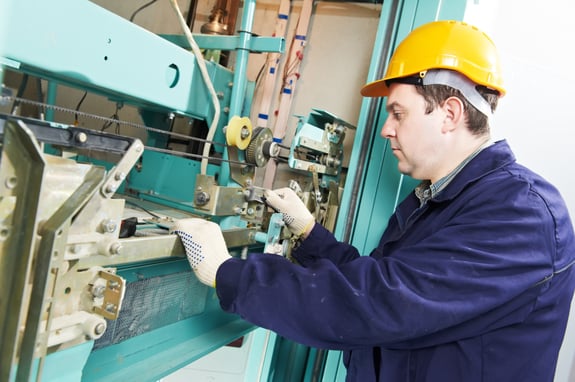
Why are workers still getting hurt even when wearing safety gloves?
There have been a ton of advancements in hand protection over the years. Gloves have become more comfortable, more flexible and more durable than ever. So, why are hand injuries the 2nd leading cause of injuries at work? Why are 40% of the workforce either not wearing hand protection, or wearing the WRONG safety gloves?
We could back and forth, debating the reasons all day. But, what usually is the biggest reason that workers don’t wearing the right PPE is lack of knowledge. Not fully understanding the risks and what safety equipment can prevent it.
Let’s dive in a little deeper and talk about how to select the right cut glove.
Read on if you want to keep some of your digits.
We’ve covered many different areas of hand protection — from cut risk to selecting the right type of safety glove.
Here’s the thing we need to remember about picking out gloves for a job: A lot of times we take the quick route and just grab something to cover our hands. Or, sometimes we just get so worried about staying compliant with 1910.138 that we forget a couple of things.
Important things like...will it even protect in the first place? Minimum regulations are not going to protect workers, unless they’re picking daisies.
Grams? What are we talking about?
So, we talked before about the new ANSI/ISEA 105-2016 and how it helps to increase protection by offering new classification levels (A1 – A9), measured in grams. When was the last time the average person measured anything in grams? Let’s cut to the chase. We need to get the right information out to people and we need to do it in a way that everyone understands (oh, by the way there are roughly 454 grams/pound).
Of course, this helps to cover any gaps that the old standard had, but what about other factors that affect safety? The testing method F2992-15 measures protection from a straight-edge blade, but what about puncture, abrasion or tears? Everything has some level of cut resistance; even human skin, but I wouldn’t put my money on just any glove to do its job.
Let’s take it a step further, not only should we use material weight (composite yarns, metal mesh, steel or blends) to make a decision about a glove — we have to consider coatings, different fibers, engineered yarns and ability to resist substances we work with every day. Phew that's a lot.
When choosing a cut glove, consider:
- What is being held or worked on? Will you need increased grip, dexterity or snag resistancer
- What is the pressure and sharpness of the item? Do you need protection against puncture, force, tears, abrasions or cuts?
- What factors do you need protection from? Will you be working with extreme heat/cold or do you need insulation from shock or contact with electric?
- How long is the item being held? Do you need a glove that offers padding or ergonomic support?
Need some suggestions for a great pair of gloves?
- Predator™ Multi-Task Alycore™ Gloves: For a great glove that offers high cut and high puncture resistance and high visibility, these are the ones. These gloves are ideal for cable, construction, demolition, pipe fitting, rebar work and the oil and gas industry.
- Barracuda™ Cut-Resistant Gloves: Made with high density polyethylene (HDPE), this glove offers 10 times the strength of steel and is 40% more durable than other blends. These gloves offer liquid and abrasion resistance along with ANSI cut level 2.
- MaxiChem® Cut™ Gloves: Features ATG® LiquiTech® chemical protection and high performance fibers for cut protection. With a non-slip palm and tailored cuff, these gloves are designed to offer maximum protection with ANSI cut level A2.
Wait…wait. We’re not done yet. Will you be exposed to any of the following?
Make sure you factor these in when choosing a glove:
- Chemicals
- Electricity
- Arc Flash
- Oil or grease
- Toxic substances
- Liquids
One of the most dangerous things you can do is to use PPE that doesn’t protect. It offers a false sense of security. Whether your hand protection is too bulky, too restrictive or they simply don’t offer the right hazard protection, you are putting your hands and your livelihood at risk.
Listen, the reality is you need your hands. If you find yourself taking your safety gloves off to do your job, you’re wearing the wrong damn glove. Someone is always coming out with the “next best thing” when it comes to hand protection.
Just make sure you are choosing the best one for your needs and match the glove to the job. And don’t end up in the hospital or morgue.
Safety: It’s Your Life, It’s Our Business








